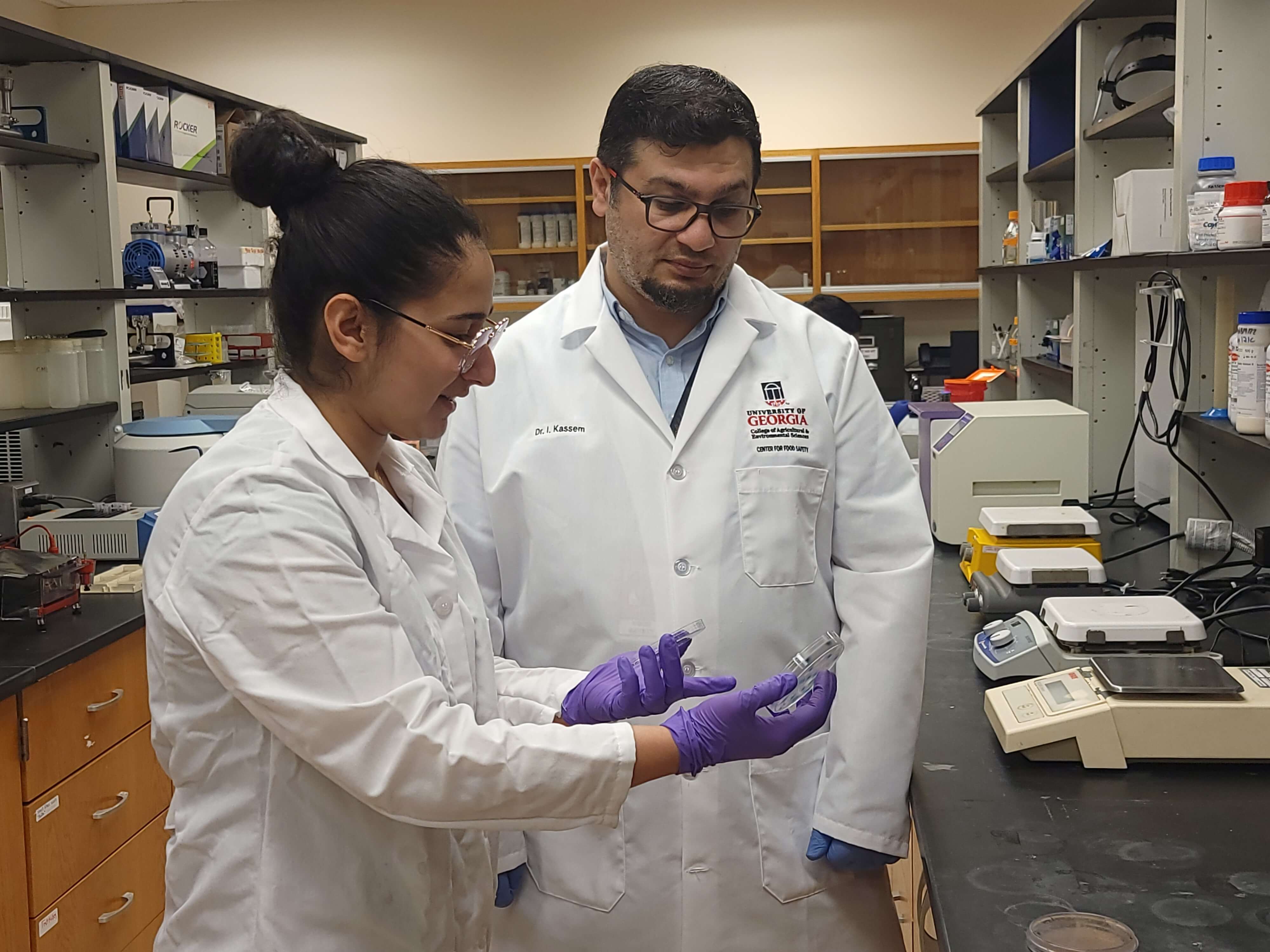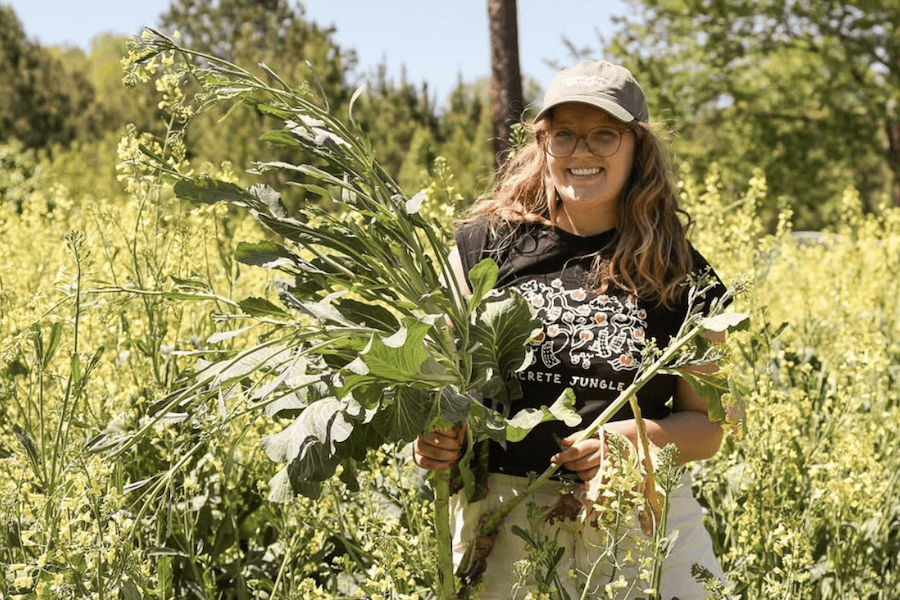By April Sorrow
University of
Georgia
“This has been a year where it is all about rainfall,” said Phillip Roberts, a cotton expert with UGA Cooperative Extension. “We’ve been living on scattered showers.”
Rain has been localized for the past several months and hasn’t provided widespread relief. With the exception of a few coastal plain counties, the entire state remains in drought.
According to the Georgia Agricultural Statistics Service, 85 percent of Georgia’s cotton is in fair to excellent conditions. This year, farmers planted 900,000 acres of the crop, which is now blooming and entering a critical period for water.
“We are hitting on an average cotton crop,” Roberts said. “It is still a little too early to make any predictions. The next six weeks, rain wise, will make or break the crop.”
The peanut crop right now is “a mixed bag,” said John Beasley, a UGA Extension peanut agronomist. “In some parts of the state, peanuts look tremendous, but we do have some that are very dry.”
Peanut farmers planted 650,000 acres this year; almost all of it is in fair to excellent conditions, according to the GASS report.
Farmers won’t produce record yields like they did in 2003, when the average was 3,450 pounds per acre, Beasley said. But it shouldn’t be a disaster, either.
“We don’t have any that are devastated beyond hope, that I am aware of,” he said. “But, we are a long way from bringing this crop home. There is so much that could go bad or good.”
Damage from the tomato spotted wilt virus, a disease that has plagued peanuts in the past, has been minimal, he said. Insect damage, on the other hand, has been bad. Farmers have treated the crop two or three times and the bugs continue to feed on the foliage.
“We have never seen it (bug damage) this bad,” he said, “not in 40 to 50 years.”
Peanut harvest will start in September and hit full stride in October.
Non-irrigated corn has suffered from the hot, dry days of July. Irrigated corn is in good shape, though, said Dewey Lee, a UGA Extension corn agronomist.
“Any time you have the dry weather we’ve had, it affects the corn,” Lee said. “Last year, we had enough rain early in the season, but the eastern and southwestern parts of the state are extremely dry this year.”
Roughly 75 percent of the corn is in fair to excellent condition, according to GASS. Farmers planted 370,000 acres of corn this year, 100,000 acres less than last year.
Overall yields could still be high, he said, due to the fact that 55 percent of farmers have switched to irrigation and higher-yielding hybrid varieties.
“For the most part, we are beginning the harvest of a normal season,” he said.
The soybean crop looks OK, but needs August rain to fill out pods. This year farmers planted 420,000 acres of soybeans, almost twice the amount planted last year. Most of the crop is in fair to excellent condition.
More concerning than the drought is the spread of an herbicide-resistant weed called Palmer amaranth, or pigweed, said Eric Prostko, a UGA Extension weed specialist. Farmers have fought the weed for years, but the resistant one is now popping up in record numbers in cotton, soybeans, peanuts and corn.
Residual and timely post-emergence herbicides can help keep the prolific and fast-growing weed in check, he said. But it’s tough. Some farmers are using equipment, or even hands, to dig the weed out of their fields.
(April Sorrow is a news editor with the University of Georgia College of Agricultural and Environmental Sciences.)






